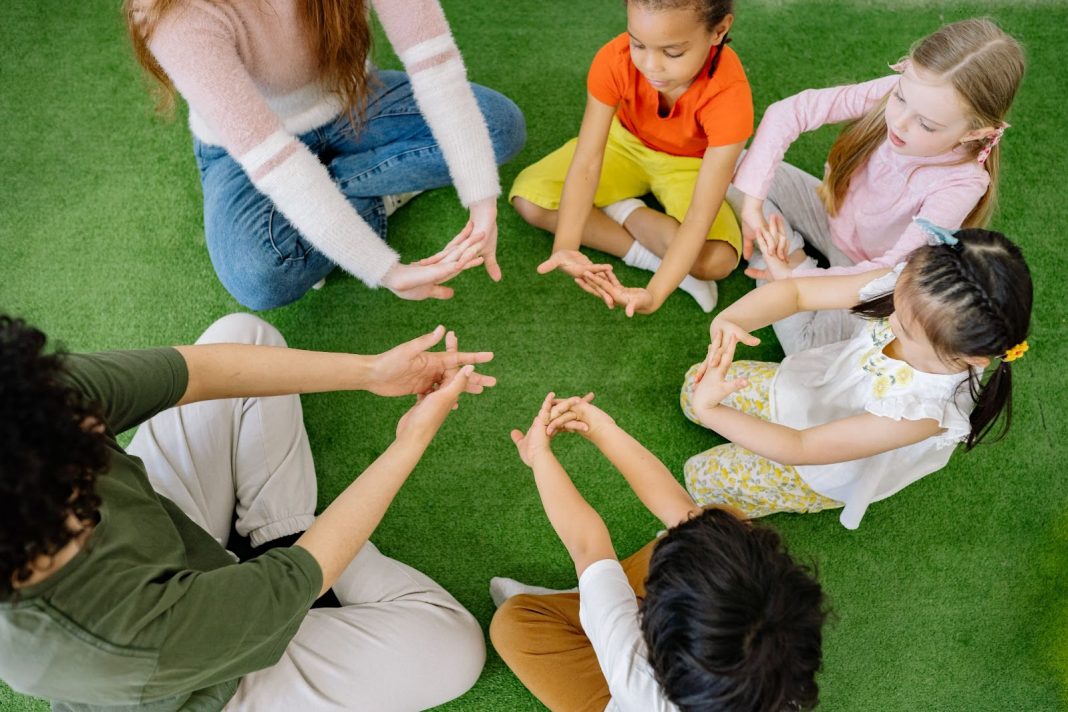All of us have childhood memories of playing house or pretending to be superheroes with our friends. Well, we should not be surprised to know that the cooperative games we played back then had a very important role in shaping us positively.
Math & ELA | PreK To Grade 5
Kids see fun.
You see real learning outcomes.
Watch your kids fall in love with math & reading through our scientifically designed curriculum.
Parents, try for free Teachers, use for free
Children learn and develop via play. It’s great for kids’ mental, emotional, physical, and social growth. Children often engage in collaborative play, which requires them to share, take turns, and assist one another to reach a common goal. These cooperative play activities not only make learning more enjoyable and interactive but also teach them important life skills like communication, problem-solving, empathy, and teamwork.
So, let’s understand cooperative play definition and how children can be encouraged to play with each other cooperatively.
What Is Cooperative Play?
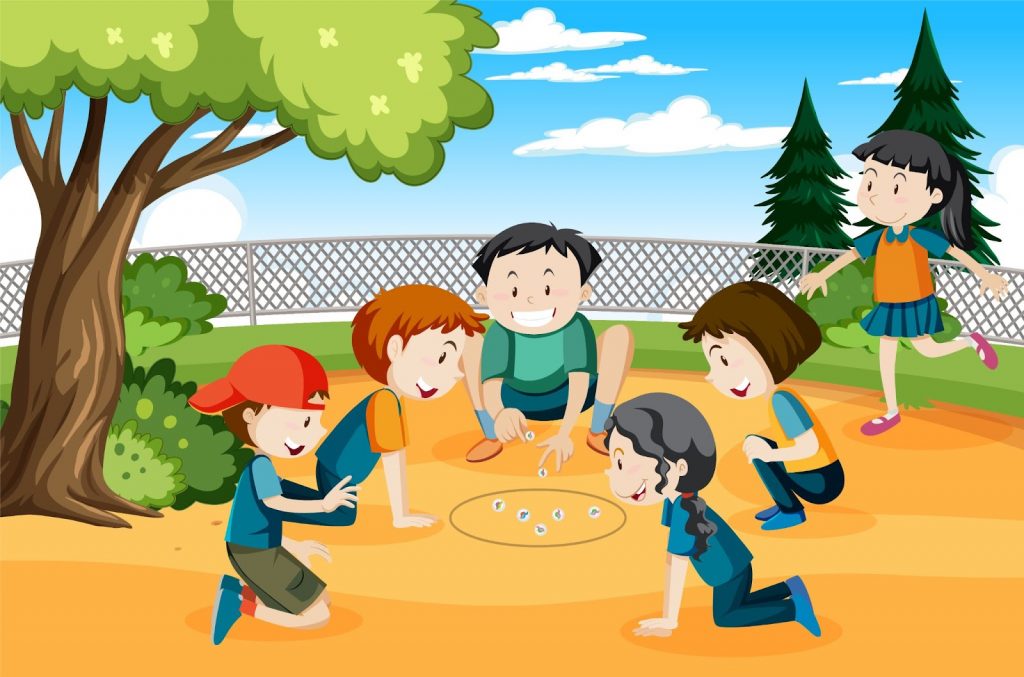
It is a type of play where children engage in activities together, working collaboratively towards a common goal or shared outcome. Here children interact with each other in a positive and supportive manner, sharing ideas, resources, and responsibilities. The focus is on teamwork and social interaction rather than competition.
Study suggests engaging in collaborative play holds significant value for children, as it presents a unique opportunity for them to acquire essential social skills, including the understanding of sharing, turn-taking, cooperation, and conflict resolution. Moreover, this form of play fosters the establishment of meaningful and lasting friendships.
After discussing cooperative play meaning, let’s discuss what stages a child crosses in order to reach the maturity level to engage in cooperative activity with friends.
Related Reading: What is Creative Play? Importance & Activities for Kids
6 Stages Of Cooperative Play
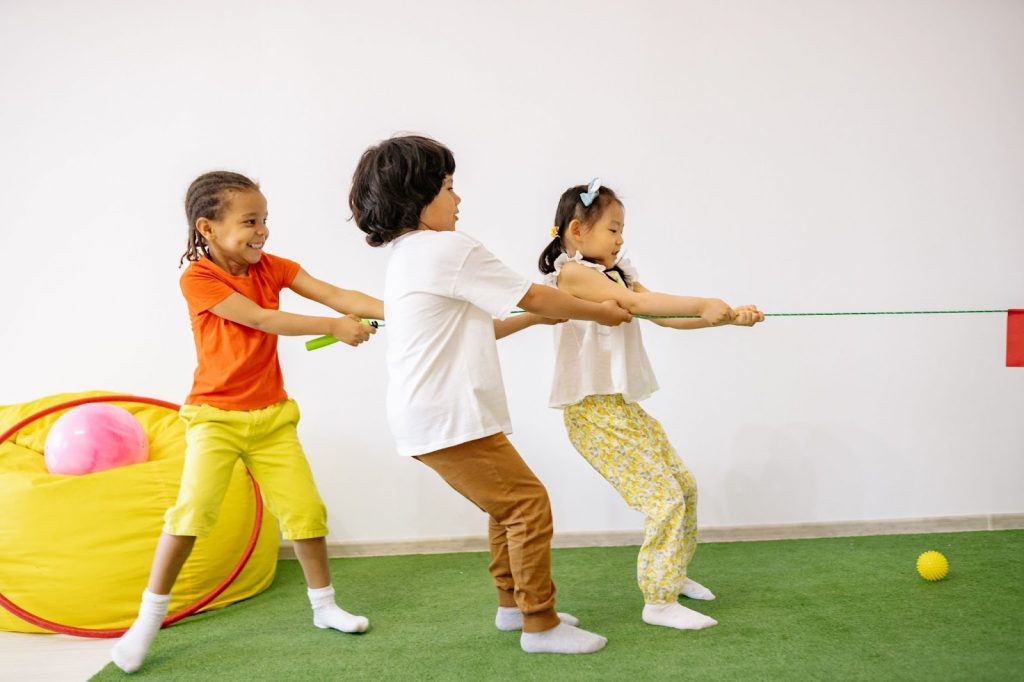
An article published in GrowByWebMD states that collaborative play “doesn’t happen overnight though…”. That means children evolve their playing style with their social and emotional development. The famous sociologist Mildred Parten published a thesis in 1929 describing the 6 stages of play.
1. Unoccupied Play

In this stage, typically observed in infants (birth to around 3 months), children are not engaged in any particular play activity. They may make random movements and explore their environment, but their actions lack a specific purpose.
2. Solitary Play

This stage is common in toddlers (around 1 to 2 years old). Children play individually and show limited interest in playing with other children. They may play side-by-side with others but not actively engage in cooperative activities.
3. Onlooker Play

In this stage (around 2 to 3 years old), children watch other children play but do not actively participate. They may show interest in what others are doing and even ask questions but are still hesitant to join in the play.
4. Parallel Play
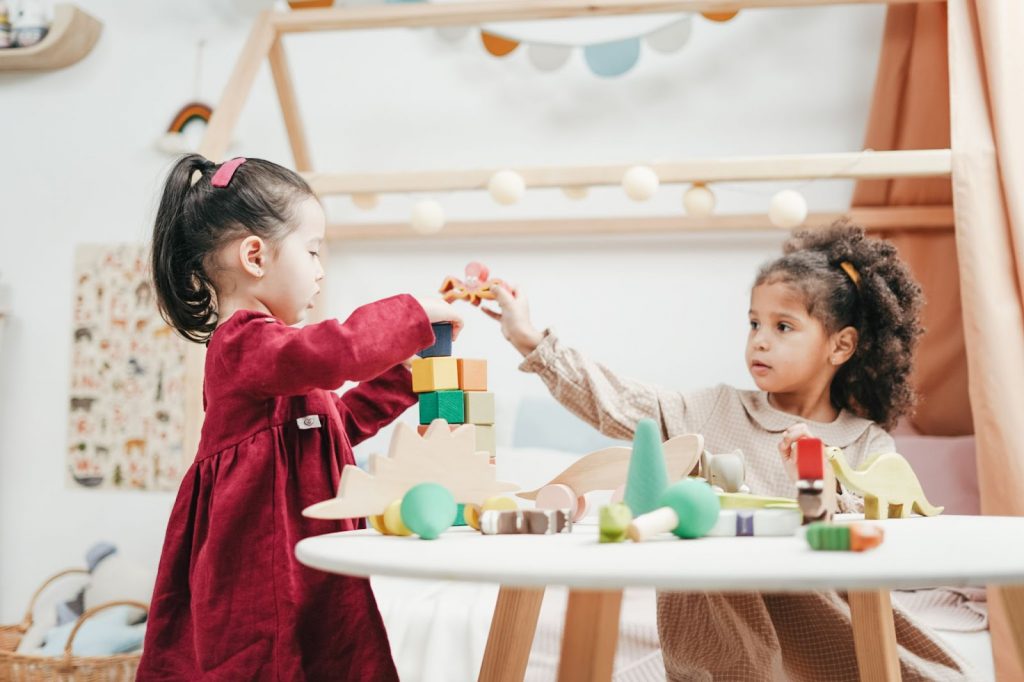
Parallel play is typical in preschoolers (around 2 to 4 years old). Children play near each other and may use similar kinds of toys or engage in similar activities, but they do not actively cooperate or interact directly with each other.
Related Reading: Best Educational Toys for Kids That All Parents Need To Know About
5. Associative Play

Associative play is a form of social play observed in young children, typically between the ages of 2 and 4. It is considered one of the early stages of social development in children, occurring before they engage in more structured and cooperative forms of play. During associative play, children interact with one another and share the same space or materials, but their play is not highly organized or coordinated around a common goal.
6. Cooperative Activity Or Play
This is the advanced stage of play (around 4 years and older), where children actively engage with others in a coordinated and cooperative manner. They collaborate, share ideas, and work together to achieve a common goal. Cooperative activity involves social interaction, communication, and joint problem-solving.
It’s essential to remember that there is no strict cooperative play age, or to answer the question “when does cooperative play start?” Different children may progress through them at different rates. Some children might exhibit these behaviors at an earlier age, while others might take more time to develop these cooperative play skills. Additionally, cultural differences and individual personalities can influence how children approach and engage in collaborative play. As children continue to grow and learn, their play experiences become more sophisticated, reflecting their increasing social, emotional, and cognitive development.
Related Reading: Best Problem Solving Activities for Kids
14 Advantages Of Engaging In Cooperative Activities
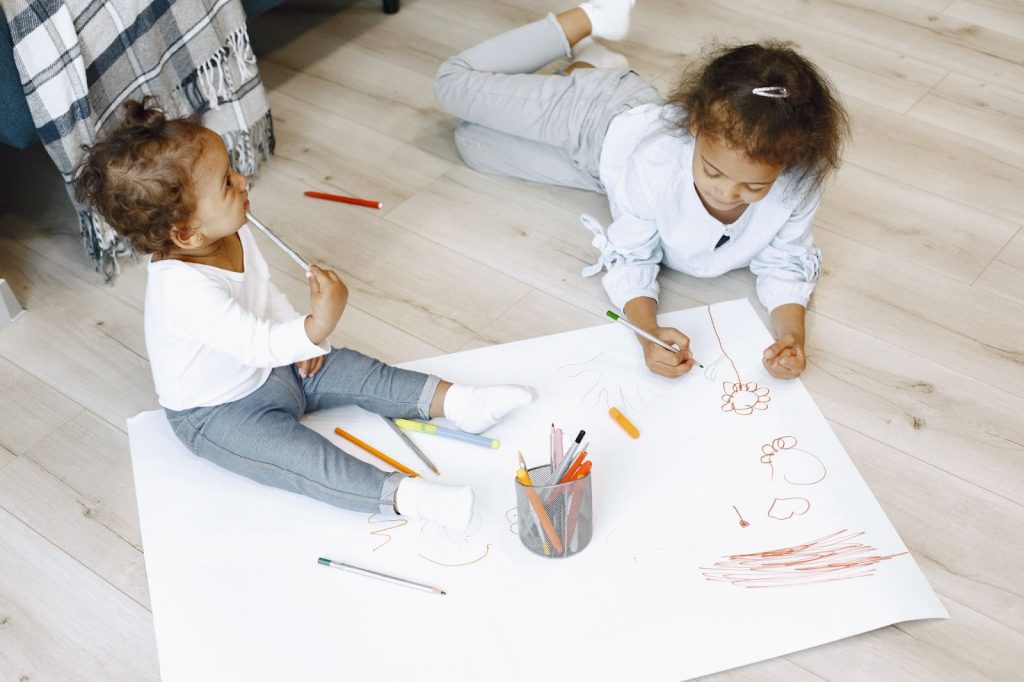
An article published in MomJunction states, “Each level of the play depicts cognitive and social development in children and helps parents understand how well their children are growing.” Cooperative activities are a fun way for children to work and learn together, which has several advantages. They are:
- Social Skills: Collaborative play encourages children to interact with others, fostering the development of essential social skills like sharing, taking turns, cooperating, and resolving conflicts.
- Communication Skills: Working together in play activities requires children to communicate effectively, express their ideas, and actively listen to others.
- Empathy And Understanding: By engaging in collaborative play, children learn to consider the feelings, perspectives, and needs of their playmates, developing empathy and understanding.
- Problem-Solving Ability: Collaborative play involves shared decision-making and problem-solving, helping children develop critical thinking and decision-making abilities.
- Conflict Resolution Techniques: Children have opportunities to encounter conflicts during collaborative play and learn to resolve them peacefully, developing valuable conflict resolution skills.
- Leadership Skills: Collaborative play encourages children to take on leadership roles within the group, promoting leadership qualities and self-confidence.
- Creativity And Imagination: During collaborative play, children often engage in imaginative scenarios and creative problem-solving, enhancing their creativity and imagination.
- Cultural Awareness: When children play cooperatively with peers from diverse backgrounds, they learn about different cultures, traditions, and perspectives, fostering cultural awareness and acceptance.
- Self-Regulation: Collaborative play requires children to follow rules and work collaboratively, helping them practice self-regulation and impulse control.
- Friendship Building: Engaging in collaborative play helps children form and strengthen friendships, as they bond over shared experiences and activities.
- Positive Self-Concept: Successful participation in cooperative activities boosts a child’s self-esteem and sense of competence, contributing to a positive self-concept.
- Language Development: Cooperative activities provides opportunities for language-rich interactions, supporting language development and vocabulary expansion.
- Resilience And Adaptability: Collaborative play exposes children to various challenges and situations, helping them build resilience and adaptability in different social contexts.
- Teamwork And Collaboration: Children learn the value of teamwork and collaboration, recognizing that they can achieve more together than individually.
Overall, collaborative play plays a crucial role in helping children develop into well-rounded individuals who can interact positively with others, solve problems effectively, and navigate social situations with confidence. Encouraging and facilitating collaborative play experiences is essential for promoting healthy social development in children.
Related Reading: Best Indoor and Outdoor Team Building Activities for Kids
9 Ways To Encourage Cooperative Play?

Encouraging collaborative play in children can have numerous benefits for their social, emotional, and cognitive development. Here are some strategies to promote and nurture collaborative play:
- Group Activities:
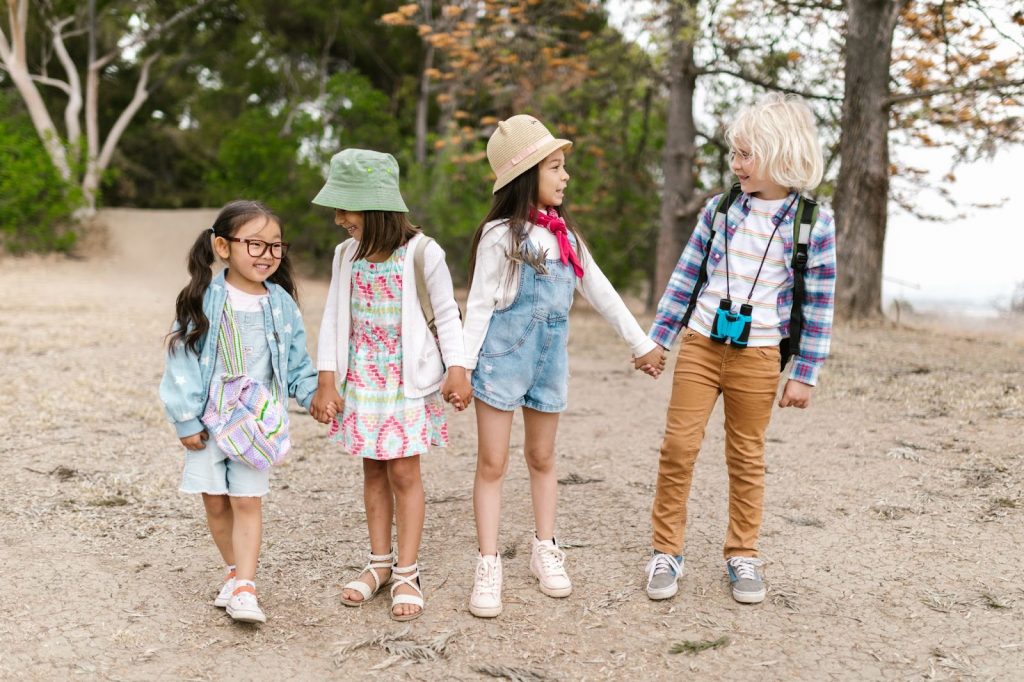
Organize group activities or games that require cooperation, like relay races, team sports, or collaborative arts and crafts projects. These activities encourage children to work together towards a common goal.
- Positive Reinforcement: Praise and reward cooperative behavior when you see it happening. Positive reinforcement reinforces the idea that the power of play cannot be underestimated.
- Model Cooperative Behavior: Children learn by observing adults and peers. Demonstrate cooperative behavior in your interactions with others, such as sharing, taking turns, and collaborating. Be a positive role model for them.
- Create a Supportive Environment: Set up a play environment that encourages cooperation. Include toys and games that require teamwork and cooperation, such as board games, puzzles, and building blocks. Working together is valued and appreciated.
- Encourage Communication: Teach children effective communication skills, such as active listening and expressing their needs and feelings respectfully. Good communication is essential for successful cooperation.
- Avoid Forced Sharing: While sharing is important, forcing children to share can lead to resentment. Encourage sharing, but also teach them the value of taking turns and respecting each other’s personal space and belongings.
- Facilitate Playdates:
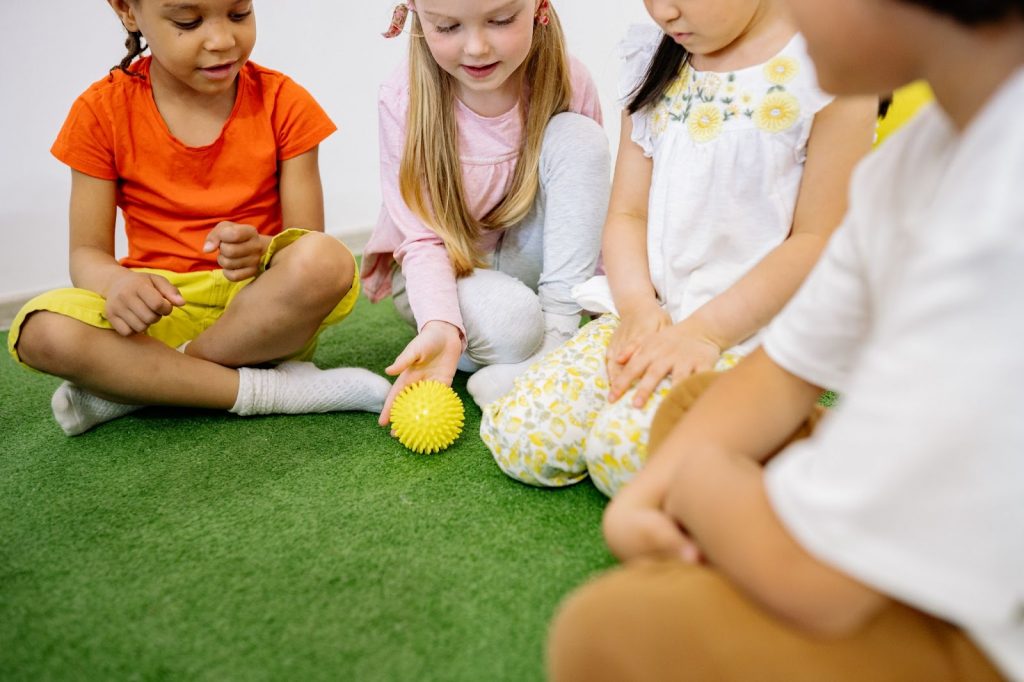
Arrange playdates with other children to give them opportunities to practice collaborative play in a social setting. Observe their interactions and step in when necessary to guide them towards positive collaboration.
- Storytelling And Play Themes: Use stories and play scenarios that highlight the importance of teamwork and cooperation. Children often enjoy role-playing, so you can engage them in activities where they work together to achieve a common objective.
Remember, each child is unique, and some may take time to adapt to collaborative play. Be patient, and celebrate their progress as they learn to work together and build meaningful relationships with their peers.
Related Reading: Storytelling for Kids: Benefits, Books, and More
10 Examples Of Cooperative Play
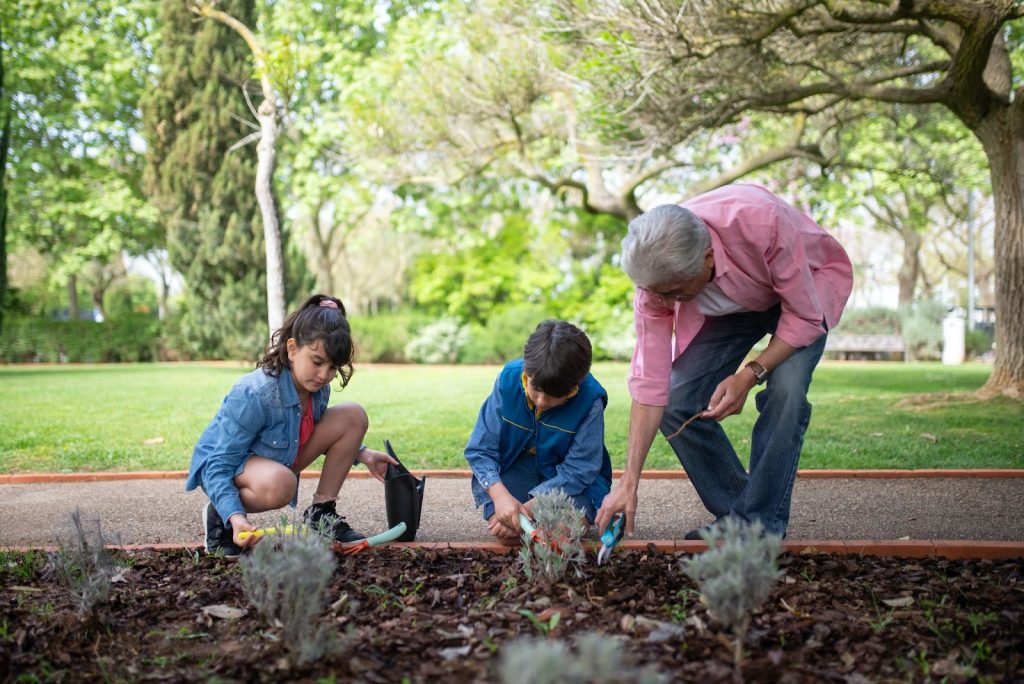
We’ve all been there, trying to make our kids’ playdates more collaborative and fun! In this section, we’ll explore some examples of cooperative play that can bring children together, encourage teamwork, and create unforgettable bonding experiences.
- Create a massive fort with blankets, cushions, and furniture.
- Play “monster tag,” in which everyone must work together to catch the “monster” and bring them to “jail.”
- Make a mural by drawing or painting a picture with your friends on a huge piece of paper or cardboard.
- Put up a puppet show or a play with a tale that everyone contributes to design and act out.
- Play “telephone,” in which one person whispers a message to the next, and the message is transferred down the line until the last person shouts it aloud.
- Create a miniature golf course out of everyday household things such as cardboard boxes and paper cups.
- Set up a scavenger hunt with clues and items concealed about the house or yard for everyone to uncover.
- Make homemade pizzas with everyone contributing their toppings to create a unique pizza masterpiece.
- Build a “city” out of blocks or Legos, with each kid designing their own structure and then connecting them to form a larger community.
- Play a “freeze dance” game in which everyone must halt and freeze anytime the music stops.
Related Reading: Best Dance Songs for Kids to Get Them Grooving
Building Stronger, Happier Children
Collaborative play needs to be considered a top-priority activity for kids. As parents and teachers, you must understand the importance of collaborative play. Make a firm commitment to encouraging collaborative play among children so that they can develop into successful people who can successfully negotiate the complexities of our rapidly evolving world.
Frequently Asked Questions (FAQs)
How can teachers encourage cooperative activities?
Teachers can encourage collaborative play by giving out group projects and other assignments that call for students to work together and then reward them for doing it.
What are some of the challenges that children face while playing together?
Children face various challenges while playing together. Some of them are – facing conflicts, bullying and teasing, peer pressure, gender stereotyping, etc.
What function does technology serve in promoting cooperative activities?
Technology can encourage collaborative play by supporting online activities like virtual games. However, since face-to-face communication is crucial for fostering social skills and emotional intelligence, it is important to strike a balance between screen time and face-to-face interaction and socialization.

















